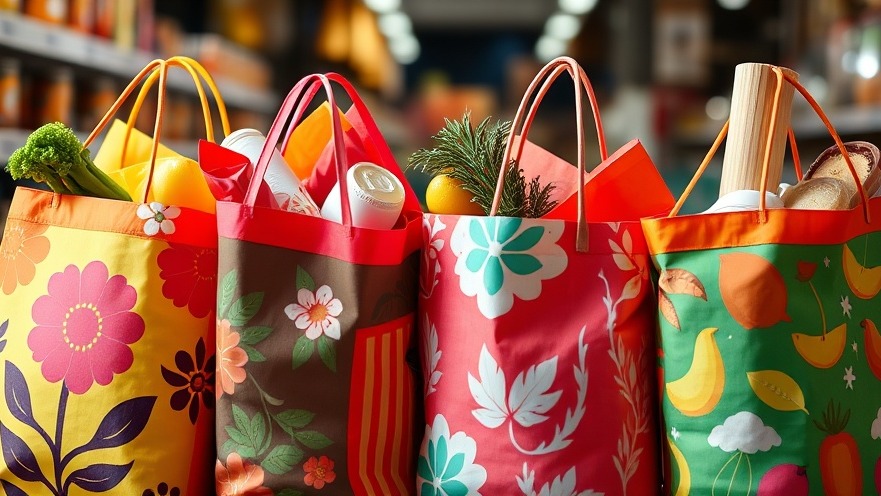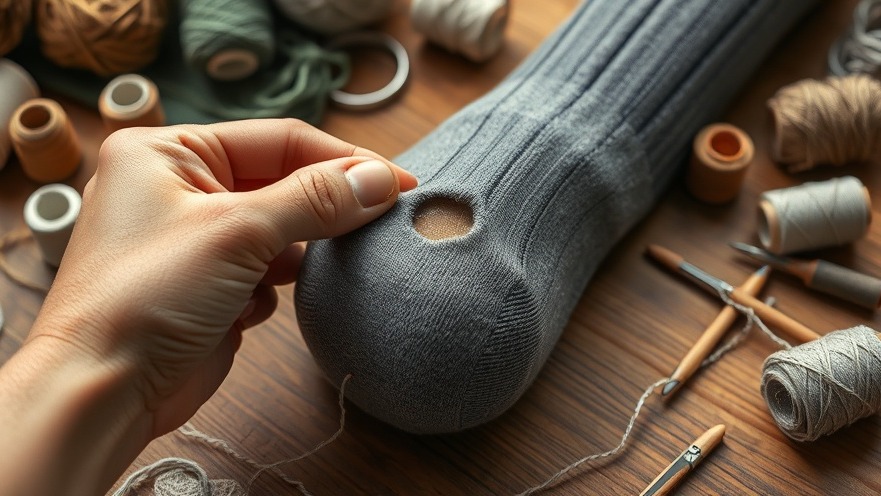
Why Borrowing Is Key to a Low Waste Lifestyle
As advocates for sustainable living, many embrace a low waste lifestyle, marked by resourcefulness and a focus on reducing consumption. One of the pillars of this approach is borrowing rather than buying. This not only minimizes individual carbon footprints but also fosters stronger community ties. If you have ever needed a tool just once or found yourself longing for an item that often goes unused, borrowing is a powerful alternative to purchasing.
Building Relationships Through Borrowing
For those who travel or work in the hospitality industry, the benefits of borrowing extend beyond just saving money or reducing waste. When you borrow from neighbors, friends, or family, you not only gain access to tools without the need for ownership but also build relationships. These connections contribute to a shared network of support, further promoting sustainability in our communities.
When to Buy Instead of Borrow
While borrowing is usually beneficial, there are times when purchasing may be justified. If an item is essential for daily life, like underwear or a necessity that you’ll use frequently, buying may be logical. Additionally, investing in sustainable options—like energy-efficient appliances—can significantly reduce long-term energy costs and carbon footprints. This balance between borrowing and buying becomes part of a larger sustainability strategy.
Etiquette for Borrowing: Making It Work for Everyone
Engaging in borrowing doesn’t mean abandoning responsibility. Here are some helpful tips for being a courteous borrower:
Ask Previously Used Items: If you know someone has an item they seldom use, don’t hesitate to ask!
Return Promptly: Ensure that borrowed items are returned on time, ideally in the condition they were received.
Express Gratitude: A simple thank you or returning a favor can strengthen friendships and build trust in your community.
Practical Tips for Sustainable Borrowing
To further support eco-friendly practices, ensure you’re borrowing items that align with sustainable living. Borrowing compostable kitchen materials or energy-efficient tools can amplify the positive impacts of your borrowing habits. By reducing resource consumption collectively, we can take significant steps towards eco-friendly hospitality operations.
Future Predictions in Eco-Communities
As our world becomes more interconnected, the concept of borrowing will likely expand, evolving into communal sharing apps and social networks. Digital platforms focusing on sharing will promote a culture of borrowing, and as eco-tourists continue to engage in sustainable travel methods, the demand for sharing networks will rise. The focus on reducing carbon footprints through innovative approaches will become essential in both travel and everyday life.
Emotional Connection: The Human Side of Sustainable Living
It's not just about the items borrowed or the resources saved; the act of borrowing enriches our lives through communal support and shared experiences. The human connection cultivated through this practice amplifies the emotional stakes in sustainable living. As we lend and borrow, we build trust and reinforce the idea that together we can work toward a more sustainable future.
In conclusion, adopting a mindset of borrowing over buying can significantly reduce waste, foster friendships, and create a more sustainable lifestyle. The next time you find yourself needing an item, consider reaching out to a neighbor first—it could lead to not just a solution, but a deeper community connection. Join the movement towards sustainable living today by exploring ways you can integrate sharing and borrowing in your daily life, be it in local travel or daily tasks.
 Add Row
Add Row  Add
Add 




Write A Comment